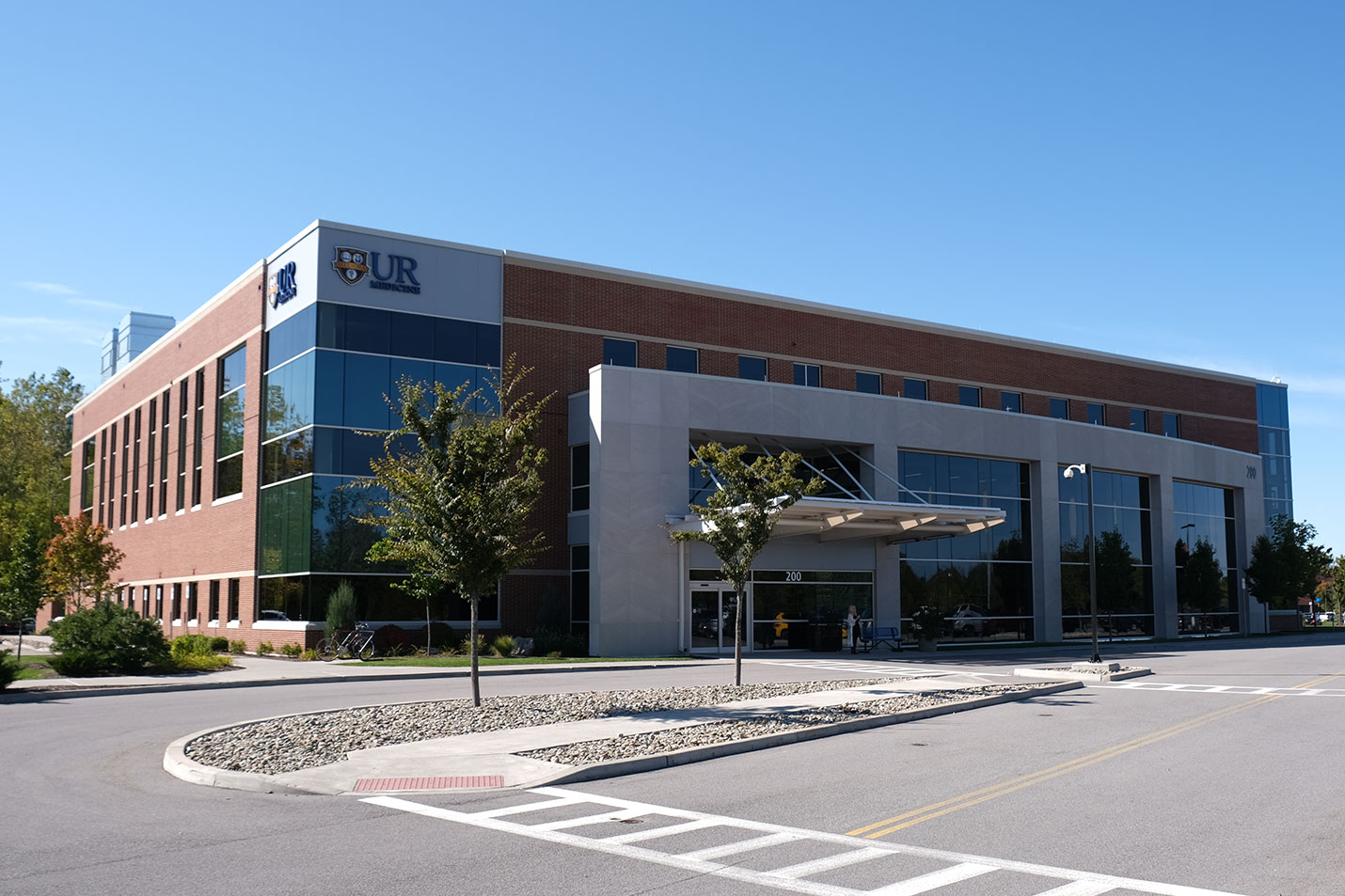Spina Bifida
Make Appointments & Get Care
What Is Spina Bifida?
Spina bifida, also called myelodysplasia, is a birth defect in which there is abnormal development of the back bones, spinal cord, surrounding nerves, and the fluid-filled sac that surrounds the spinal cord.
This neurological condition can cause a portion of the spinal cord and the surrounding structures to develop outside, instead of inside, the body. The defect can occur anywhere along the spine.
Each baby may experience symptoms differently, but the most common are:
- abnormal appearance of the baby's back
- bowel and bladder problems
- loss of feeling below the area of the lesion
- inability to move the lower legs (paralysis)
The baby may also have other problems related to spina bifida that include:
- hydrocephalus (increased fluid and pressure in the head area; occurs in about 80 to 90% of cases of spina bifida)
- heart problems
- orthopedic problems
- lower than normal intelligence level
- Spina bifida occulta — a mild form in which the spinal cord and the surrounding structures remain inside the body, but the back bones in the lower back area fail to form normally.
- Meningocele — a moderate form in which a fluid-filled sac is visible outside of the back area. The sac does not contain the spinal cord or nerves.
- Myelomeningocele — a severe form in which the spinal cord and nerves develop outside of the body and are contained in a fluid-filled sac that is visible outside of the back area.
Spina bifida is a type of neural tube defect. During pregnancy, the human brain and spine begin as a flat plate of cells, which rolls into a tube, called the neural tube. Spina bifida occurs when the neural tube fails to close somewhere along the spine. Both genetic and environmental factors may contribute to the condition.
Research has found that folic acid (vitamin B-9), a nutrient found in some green, leafy vegetables, nuts, beans, citrus fruits, and fortified breakfast cereals, can help reduce the risk of neural tube defects. For this reason, the American College of Medical Genetics (ACMG) and the Centers for Disease Control and Prevention (CDC) recommend that all women of childbearing age take a multivitamin containing folic acid.
Diagnostic tests can be performed during pregnancy. Tests include:
- blood tests — measures alpha-fetoprotein (AFP) levels and other markers in the mother's blood to determine whether her pregnancy is at increased risk for an ONTD
- prenatal ultrasound (sonography) — uses high-frequency sound waves and a computer to create images of blood vessels, tissues, and organs
- amniocentesis — testing of amniotic fluid from the amniotic sac
UR Medicine's Treatments for Spina Bifida
Spina bifida is a life-long condition that is not curable. UR Medicine experts offer specialized treatment that focuses on managing the condition.
A cesarean delivery is often performed to decrease the risk of damage to the spinal cord that may occur during a vaginal delivery. Babies may require care in the neonatal intensive care unit (NICU) for evaluation and may need surgery.
UR Medicine offers state-of-the-art diagnostic imaging, intraoperative neuro-navigational guidance, neurophysiological monitoring, robots, endoscopes, and lasers to provide the most current, effective surgery.
Not all babies will require surgical repair of spina bifida. Non-surgical management of spina bifida may include:
- rehabilitation
- positioning aids (used to help the child sit, lie, or stand)
- braces and splints (used to prevent deformity, promote support or protection)
- medications
What Sets Us Apart?
UR Medicine is a world-class medical center and leading academic institution. Our providers offer outstanding patient-centered care and conduct breakthrough research in neurology.
Highly specialized newborn care is provided in our Neonatal Intensive Care Unit (NICU). Our NICU is a Level IV care facility and treats all neonatal medical and surgical problems, including advanced therapy for cardiac and pulmonary diseases, such as cardiac surgery and ECMO.
UR Medicine's Golisano Children’s Hospital's Neonatology program has been recognized as one of the nation's best in the U.S. News & World Report's Best Children's Hospital rankings.
Locations
View All LocationsWe serve you in the Rochester metropolitan area and surrounding region.
View All Locations2 locations
200 East River Road, 3rd Floor
Rochester, NY 14623
